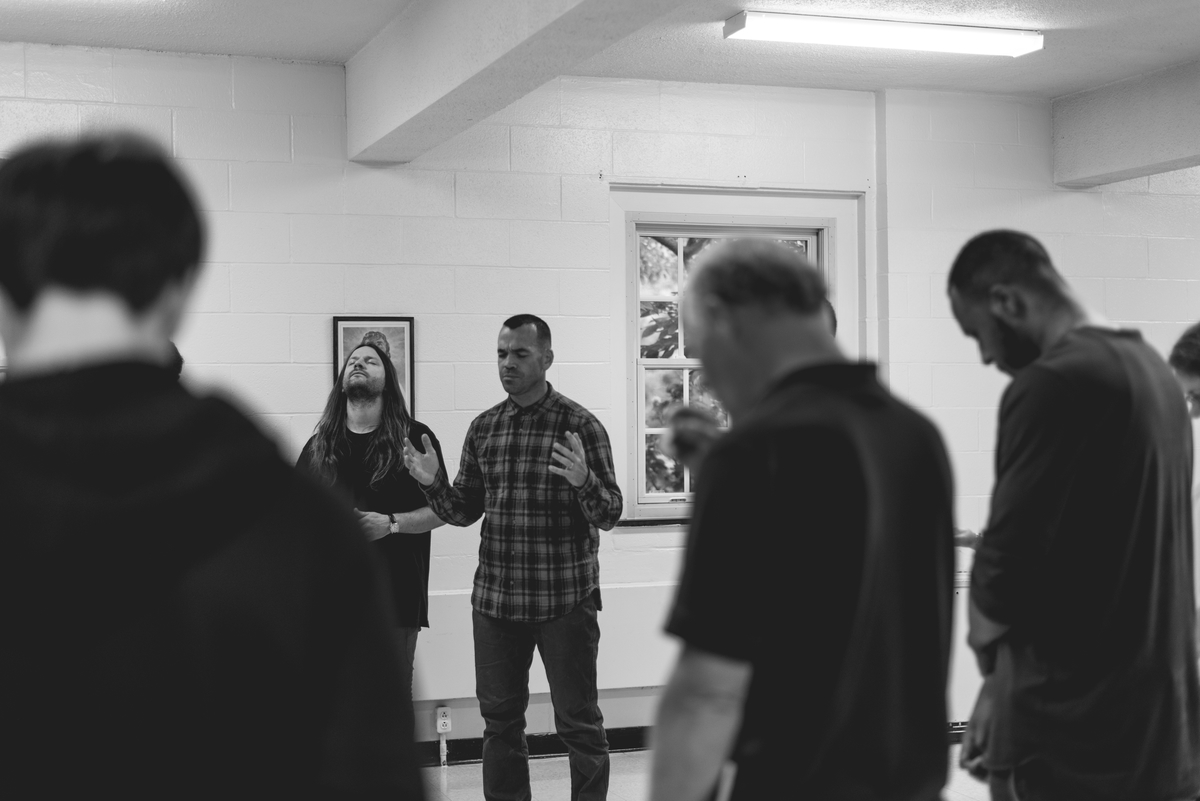A common discussion among pastors in this season centers around the counter-intuitive bewilderment that we can be working more hours in the midst of not having physical gatherings. If you had told me that we would go months without having physical worship services, I would not have imagined I would be working more. But every pastor I talk to says the same thing: work has increased. How is that even possible? The reality is that there was no class in seminary on leading through a global pandemic. There is no playbook on leading through a global pandemic, no playbook that has actually been tested anyway. And when there is no template, pattern, or established process – work will increase.
A template is a term used to describe a process or plan that does not have to be recreated from scratch each time. There is a starting place, a template. The template can be adapted to each situation, but the template provides a beginning point. Because many leaders lack a tested template for leading in this season, many things are being designed for the first time and many new decisions are being made daily. I am sure this is true of all types of leaders, not just those serving in local church ministry.
There is no template for many of the moments that leaders are finding themselves in during this season. I have thought about this leadership moment – the moment where templates don’t exist for much of what we are leading through. The lack of a template is our reality, and this is also providing new opportunities alongside the challenges. Because there are upsides and downsides to templates in leadership, there are challenges and opportunities to a moment without them.
Upsides of Template // Challenges in this Season
1. Not paralyzed by a blank sheet of paper.
A blank paper can be paralyzing as some struggle with how to begin. In a season without relevant templates leaders can be paralyzed by analysis.
2. More energy devoted to execution.
Instead of discussing what should be done each day or week, a template helps focus that time towards execution instead of discussion. In a season without as many templates, time is being spent in both design and execution.
3. Processes can be optimized.
Over time wise leaders and organizations adapt their templates based on what they learn, based on what proves to be most effective. We are in a season where processes and plans are in their early iterations, which means more mistakes and more work.
Downsides of Templates // Opportunities in this Season
1. The possibility of mindless execution.
One of my mentors Brad Waggoner often warns leaders about “template behavior” – which means mindlessly executing without taking a fresh look at the context. Which means a season like we are in forces us to really examine why we do what we do – which is a great opportunity.
2. The pull to small thinking.
A template can prohibit visionary thinking because instead of rising above the grind leaders keep doing the same thing over and over again just with new dates on the document. A season without templates can nudge leaders to dream again, to think creatively, and to set big plans.
3. Blinders to new solutions.
A template certainly helps with execution but over time it is possible that the template can become a blinder to new solutions. Thus, a season with less templates is an opportunity to discover new solutions for important problems.
To be clear I am in favor of processes, systems, and templates. They help us lead more effectively. But there are downsides that must be addressed. We are in a season without as many templates, and that is one big reason we are working harder. It is also why there are great opportunities for us as leaders. We are forced to think about the why more carefully and to re-imagine much of what we are doing.





